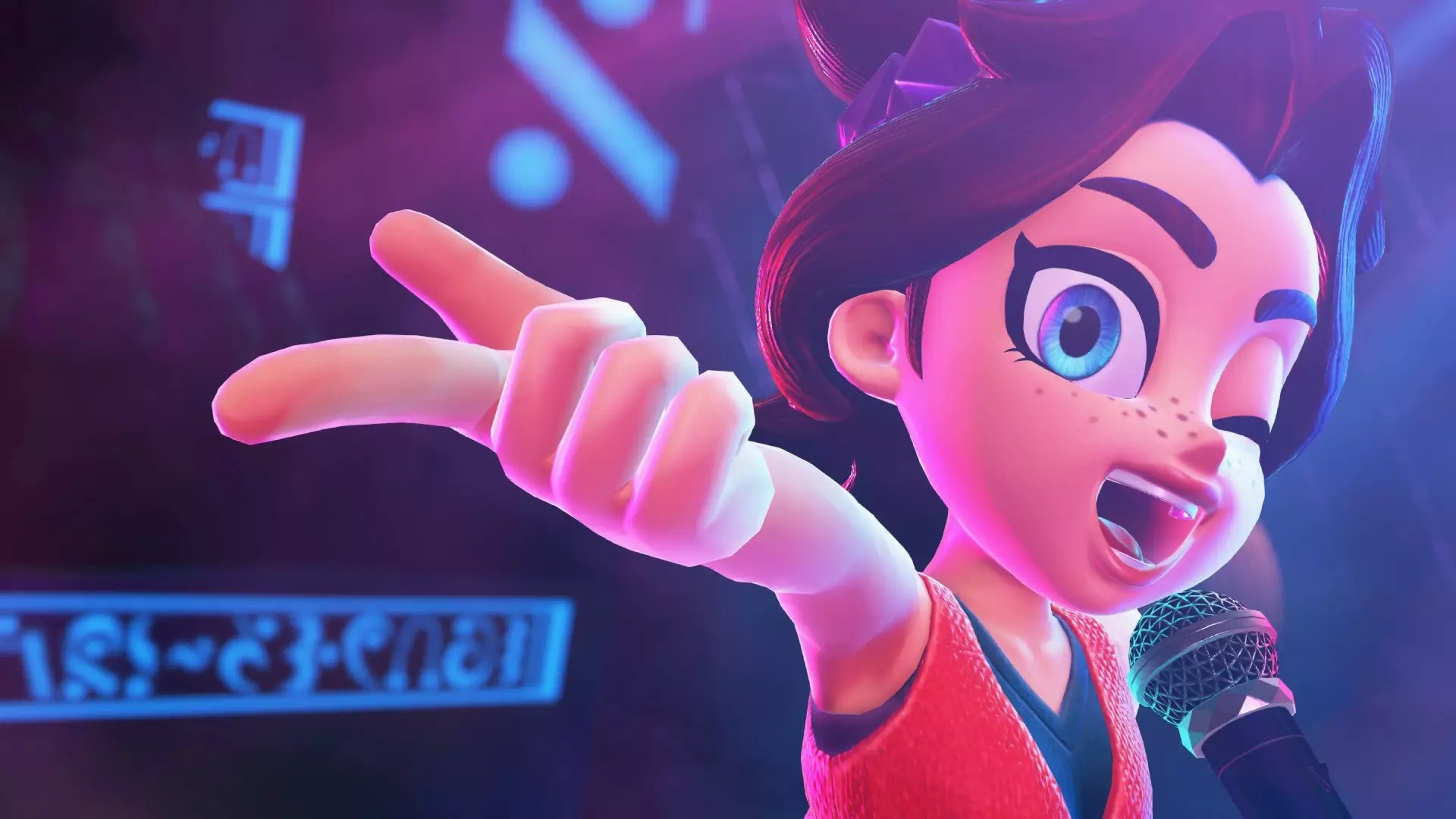The transition from Nintendo Switch’s first iteration to the more powerful Switch 2 embodies a pivotal moment in gaming development—one that hints at transformative potential for both developers and players alike. Nintendo’s decision to pivot development of Donkey Kong Bananza, originally conceived for the Switch 1, reveals a company eager to harness the full spectrum of hardware capabilities. This shift is more than mere hardware upgrade; it’s an assertion of Nintendo’s commitment to innovation and pushing boundaries. The move underscores the importance of technological leverage in game design, especially when engaging with complex mechanics like destructible environments built on voxel technology.
The original plan for Bananza involved building on the voxel framework, creating destructible terrains with a richness that would captivate players. But as soon as the team learned about the upcoming Switch 2, the possibilities expanded exponentially. The increased processing power and refined architecture enabled the developers to craft environments that weren’t just interactive, but deeply immersive and visually stunning. This strategic decision makes it clear that Nintendo recognizes the value of hardware advancements—not just as a marketing point but as an essential tool for creative storytelling and gameplay innovation.
Beyond Power: The Role of New Control Schemes
While hardware performance is often heralded as the primary benefit of next-gen consoles, Nintendo’s focus on novel input methods signifies a nuanced understanding of player experience. The inclusion of mouse controls on Switch 2, for instance, represents a subtle but impactful innovation. During multiplayer gameplay, players can trigger Pauline’s vocal blasts or engage in voxel sculpting modes with intuitive precision. This new control scheme enhances the emotional engagement and interaction depth within the game, signaling a departure from traditional button-based inputs.
This move is a strategic gamble—embracing the mouse control not only diversifies gameplay but also demonstrates Nintendo’s willingness to experiment with how players manipulate virtual environments. The tactile sense of sculpting or vocal commanding introduces layers of expressiveness absent in prior titles, enriching the cooperative experience. It also exemplifies how hardware shifts open doors for new types of creative expression, transforming gameplay from straightforward mechanics into dynamic forms of artistic engagement.
Destruction as a Core Experience and Player Surprise
The developers’ emphasis on destruction’s permanence and continuity pinpoints a desire to heighten player immersion. The satisfaction of sculpting, destroying, and then observing the environment’s reaction stirs a powerful sense of agency and curiosity. Nintendo’s focus on maintaining this core mechanic suggests a deep understanding: players seek meaningful interaction with game worlds, where their actions leave lasting traces.
On Switch 2, the destruction mechanic can unfold in larger, more detailed environments, elevating the thrill of damage and chaos. Developers aim to generate awe not just through impressive visual effects but through genuine interaction—players wondering whether they can break this or that—driving discovery and curiosity. This mechanic becomes more than gameplay; it morphs into a sense of wonder and mastery in a destructible universe that promises to be more expansive and impactful than ever before.
Reflections on the Future of Nintendo’s Innovation
The shift from Switch 1 to Switch 2 for projects like Bananza illustrates Nintendo’s strategic foresight: hardware capabilities must align with ambitious creative visions. Nintendo’s cautious yet bold approach highlights a recognition that gameplay mechanics such as destructible environments and innovative input devices are inherently tied to technological feasibility.
Moreover, it signals a broader philosophy. Nintendo isn’t just chasing raw power; it’s cultivating a platform where gameplay mechanics can evolve organically, unhindered by technological limitations. This focus on leveraging hardware to expand creative possibilities sets a precedent for future titles, encouraging developers to rethink what’s possible on gaming platforms.
Nintendo’s decision to rethink Donkey Kong Bananza’s development landscape underscores their commitment to delivering immersive, innovative experiences. It reflects a recognition that technology isn’t merely a tool but a catalyst for creative evolution. As gamers, this progression promises a future where our interactions will become more dynamic, expressive, and exhilarating—proof that Nintendo continues to redefine what beloved franchises can become in a new generation of gaming.


Leave a Reply